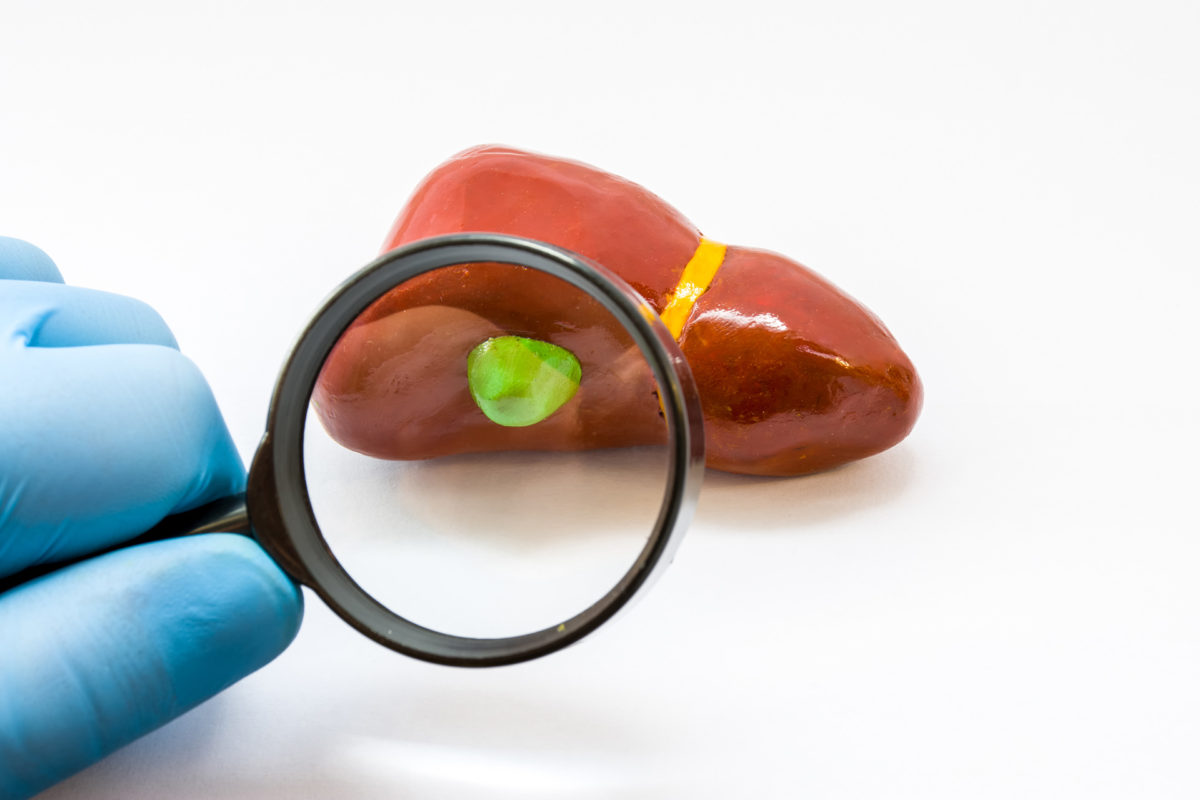
Novel Technique of Bile Duct Cancer Klatskin Tumor Surgery
Bile duct cancer is a not so common cancer occurring in the central part of the liver, where all important blood vessels feeding the liver are coursing through. This disease generally results in a poor outcome without any treatment. In our liver surgery center in Tampa, unfortunacalltoy, we see this kind of disease quite often. Most patients come from around the Tampa Bay Area with jaundice (yellowing of the eyes and dark urine) indicating obstruction of their bile duct from cancer. Most patients do not have any family history of this disease. The majority of them had seen a gastroenterologist prior to a referral to see a liver surgeon such as Dr. Sucandy. CT scan or MRI has been obtained and the bile duct tumor is usually difficult to see due to its small size. In about 40% of patients, bile duct stent (s) has/have been placed as a temporary solution to their bile duct obstruction. Liver biopsy is not uncommon to be falsely negative in this disease.
Only about 30% of patients are eligible to have surgical resection to remove cancer. The treatment entails bile duct resection and liver resection followed by reconstruction of the bile duct by connecting it to a piece of the small bowel. “ Bile duct cancer surgery like this is one of the hardest operations to do technically. Every millimeter is important” said Dr Sucandy. Patients really need to find a liver specialist with significant experience in handing bile duct cancer treatment. The treatment is basically combining expertise in bile duct cancer surgery and liver surgery.
In the majority of liver surgery centers in the US, bile duct cancer operation is done via the traditional open technique where the patients receive a large 40cm cut in their upper belly. Older patients usually have difficulty recovering from such an invasive cut. In Tampa however, Dr. Sucandy and his colleagues are conducting this operation via the robotic minimally invasive method. “It is a breakthrough in liver cancer and biliary cancer treatment to do this operation without a large incision”, explain Dr. Sucandy. Only very few liver cancers are capable of doing this well. Most patients can go home after 5 days.
Dr. Sucandy has significant experience in performing robotic liver resection and bile duct cancer treatment on more than 400 patients. For us, robotic liver resection is a routine operation and we do this for 3-4 patients a week. Our outcomes are tightly followed and we routinely present our surgical outcome data in various surgical meetings both within the US or internationally. Last week, Dr. Sucandy and his colleagues completed another robotic Bile Duct Cancer (Klatskin Tumor) surgery and achieved complete resection in a 66-year-old man. His bile duct and liver resection took 6.5 hours to complete and he did very well postoperatively. He didn’t need to go to the ICU despite this major liver operation. “ We have not placed anybody in the ICU in the last 200 patients after robotic liver cancer surgery,” said Dr. Sucandy.
Finally, it is very crucial to see an experienced liver surgeon/liver specialist for bile duct cancer surgery, bile duct obstruction treatment (caused by cancer in most cases), or liver cancers. In Tampa Bay, we have such expertise, including the novel technique using the robotic method.

